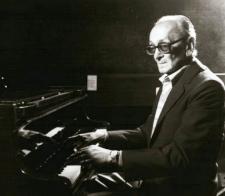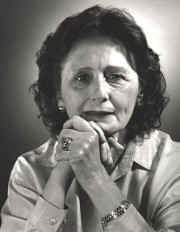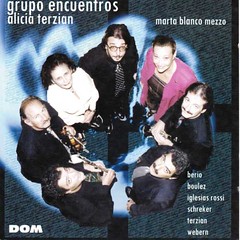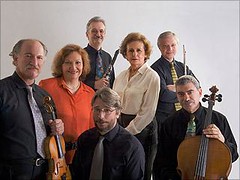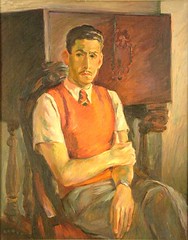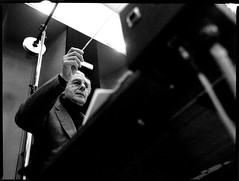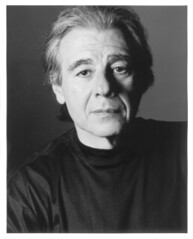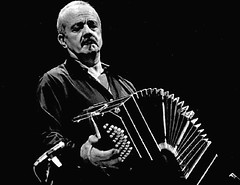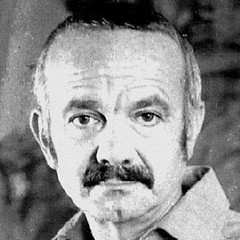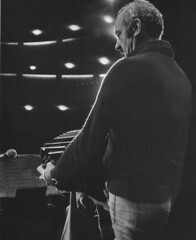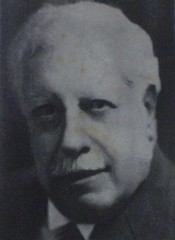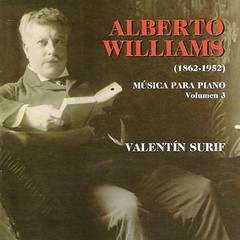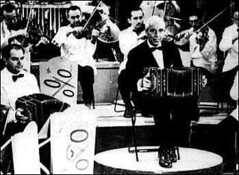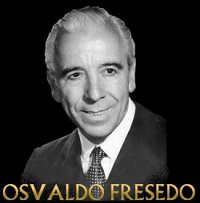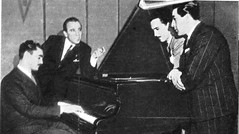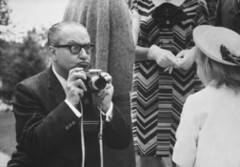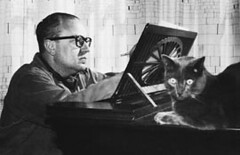Here is a brief timeline of Argentina's history!
1516- Explorer Juan Dìaz de Solis discovers Rio de la Plata. Spain later claims it and the surrounding region.
1776- Spain creates a large colony called the Viceroyalty of the Rio de la Plata. It covers present-day Argentina, Uruguay, Paraguay and southern Bolivia. Buenos Aires is named its capital.
1810- On May 25, armed citizens of Buenos Aires kick out the Spanish Viceroy and establish a government.
1816-1817- Argentina declares its independence from Spain. José de San Martín defeats Spanish forces in Chile.
1862- Alberto Williams is born
1880’s- Argentina becomes a major exporter of wool, wheat and beef. Soon, it becomes the richest nation in Latin America.
1890- Birth of Carlos Gardel
1897- Birth of Osvaldo Fresedo
1905- Osvaldo Pedro Pugliese is born
1908- Héctor Roberto Chavero Aranburu aka Atahualpa Yupanqui is born
1912- Carlos Guastavino is born
1916- Birth of Alberto Ginastera
1930- Golden age of Tango
1932- Lalo Schifrin was born
1934- Birth of Alicia Terzian
1935 -death of Carlos Gardel
1943- A group of military officers seizes power.
1946- Colonel Juan Perón is elected president. He promises higher wages and better working conditions. His wife, Eva "Evita" Perón, is in charge of labor relations. She becomes a powerful political figure.
1950s- Popularity of mambo and Latin jazz
1952 Alberto Williams dies
1960s- New tango popularized by Ástor Piazzolla
1980’s- In the 1980s, South American migrants from Peru and Bolivia brought the so-called tropical music to higher prominence in Argentina, a mixture of Cumbia& Chicha (Peruvian rhythm) and Bolivian Cumbia, but originally from Colombian, folk rhythms, and Caribbean styles.
1982- Argentina goes to war with Britain over control of the Falkland Islands. Argentina’s military government collapses, ending a period of repression.
1983- Death of Alberto Ginastera
1984- Death of Osvaldo Fresedo
1991- The government makes the peso equal to the value of the U.S. dollar. This helps to stabilize the Argentine economy.
1992- Atahualpa Yupanqui dies
1995- Osvaldo Pedro Pugliese dies
2001- Thousands protest soaring unemployment and increased poverty. On December 20, President Fernando de la Rua resigns. Congress names a new president, Eduardo Duhalde.
2007- Cristina Fernández de Kirchner becomes the first woman to be elected President. She succeeds her husband, Nestor Kirchner.
2009- Argentina claims a vast territory including the ocean as far as Antarctica and islands that are governed by the British. Britain refuses to negotiate its claims to the territory.
Sources:
http://www.timeforkids.com/destination/argentina/history-timeline
http://en.wikipedia.org/wiki/Music_of_Argentina
http://www.timeforkids.com/destination/argentina/history-timeline
http://en.wikipedia.org/wiki/Music_of_Argentina

